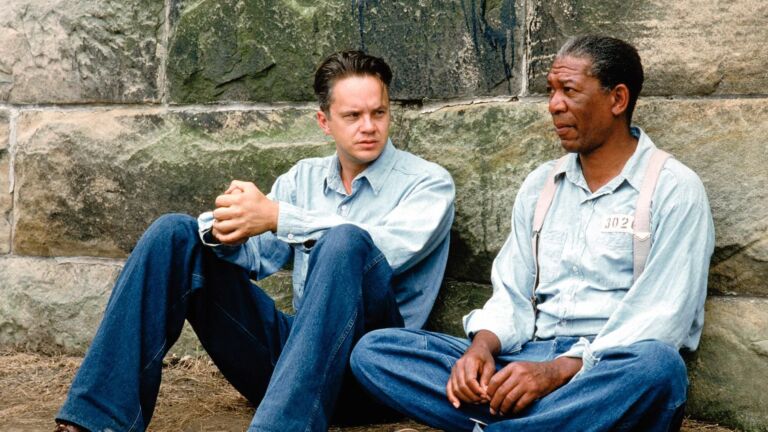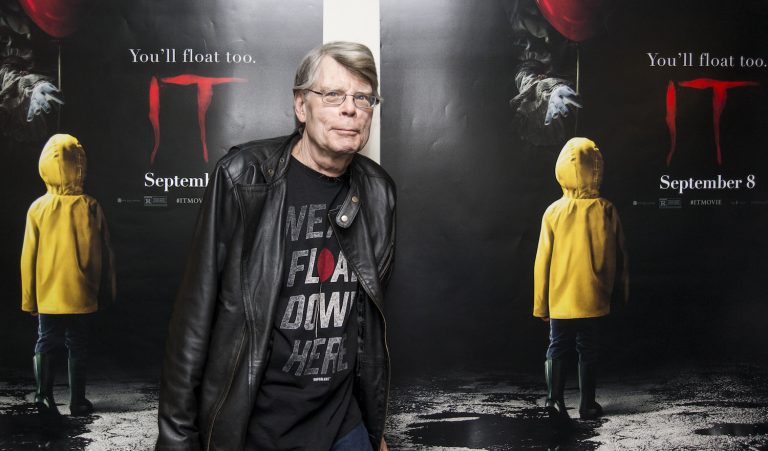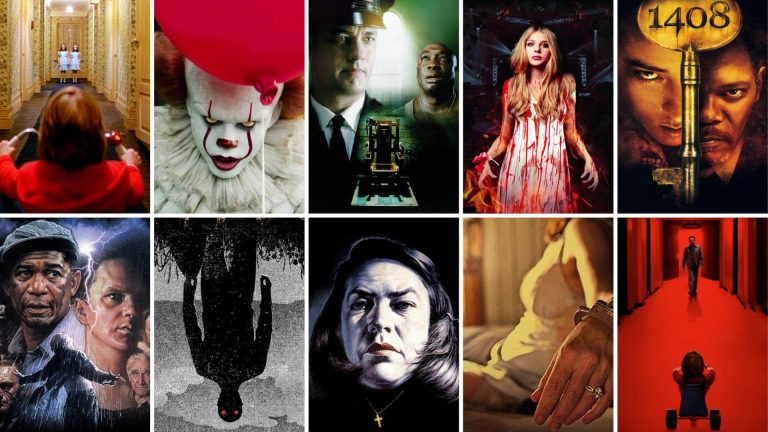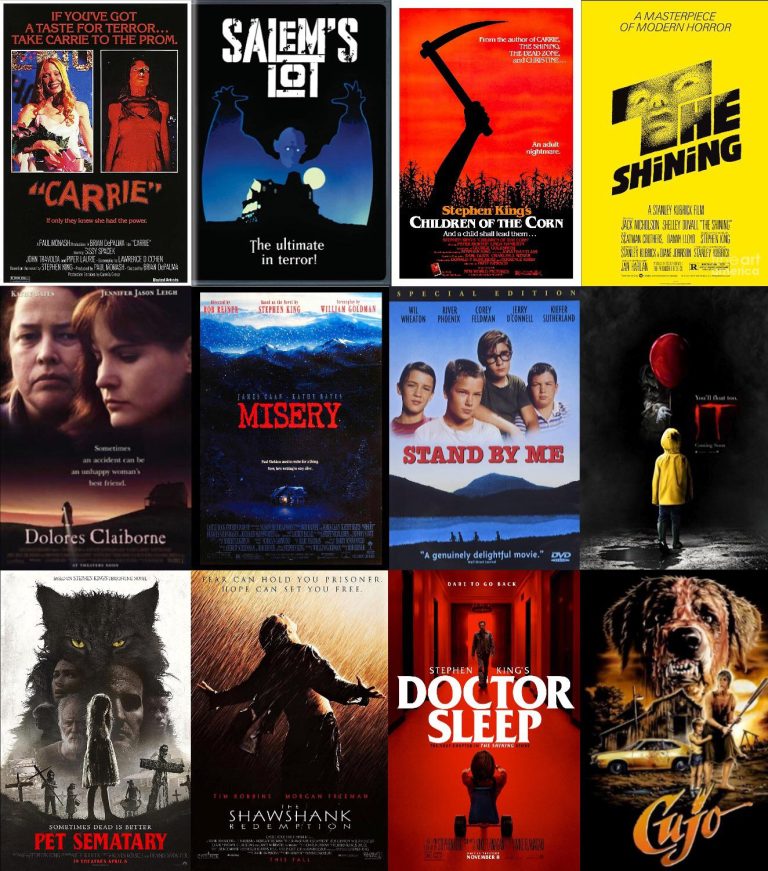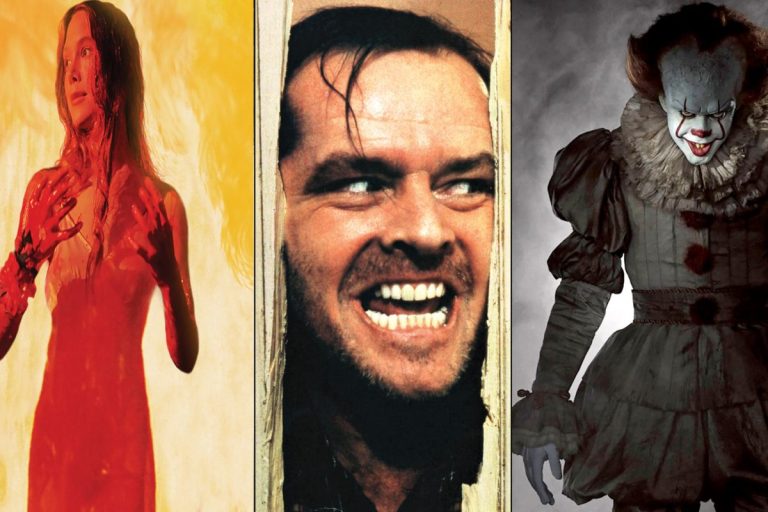What Horror Movie Has No Sound?
Get ready to dive into the intriguing world of horror movies! Today, we’ll be exploring a rather unique question: “What horror movie has no sound?” Horror movies have a way of captivating our imaginations and sending chills down our spines, but imagine experiencing a horror movie without any sound. It may seem unthinkable, but there is actually a film that embraces this eerie silence. Join me as we uncover the mystery behind this unconventional horror movie and delve into the spine-tingling details that make it a one-of-a-kind cinematic experience.
In the realm of horror, sound plays a crucial role in building tension and enhancing the overall atmosphere. From blood-curdling screams to hair-raising music scores, sound effects and audio elements are vital components that intensify the scares. However, there exists a horror movie that defies these expectations and takes a daring leap into the unknown. This film, known as “A Quiet Place,” dares to challenge the traditional horror movie formula by immersing its audience in a world of silence.
In this article, we will explore the concept behind “A Quiet Place” and how it manages to captivate viewers without relying on the usual auditory cues. We’ll dive into the plot, discuss the innovative techniques used to create tension without sound, and explore the impact this unique approach has had on the horror genre. So, buckle up and prepare for a thrilling journey into the enigmatic realm of “A Quiet Place,” the horror movie that defies expectations.
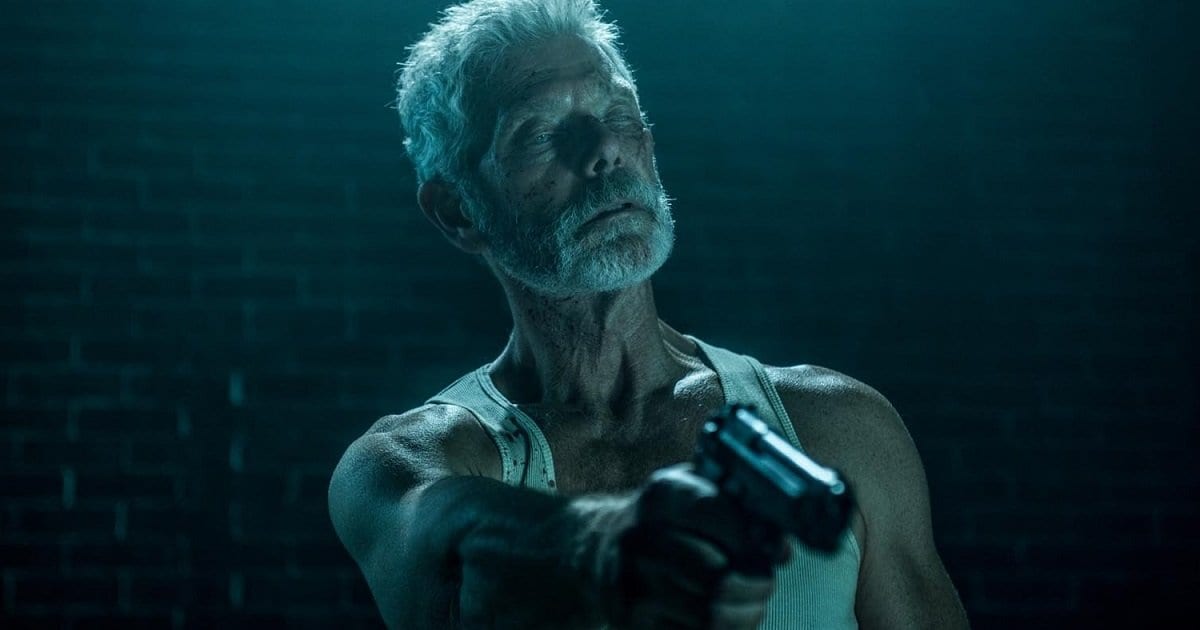
What Horror Movie Has No Sound?
In the world of horror movies, sound plays a crucial role in creating suspense, tension, and fear. From the eerie music to the bone-chilling screams, sound effects enhance the overall experience for viewers. However, there is one horror movie that breaks the mold and takes a unique approach by eliminating sound altogether. This unconventional film is called “A Quiet Place,” directed by John Krasinski and released in 2018.
The Plot of “A Quiet Place”
“A Quiet Place” is set in a post-apocalyptic world where blind creatures with hypersensitive hearing hunt humans by sound. The movie revolves around the Abbott family, played by John Krasinski, Emily Blunt, Millicent Simmonds, and Noah Jupe, who must navigate their lives in complete silence to survive. The family communicates through sign language and takes extreme precautions to avoid making any noise that could attract the deadly creatures.
The film follows the Abbotts as they face various challenges, including the imminent arrival of a new baby and the constant threat of the creatures lurking in the shadows. With minimal dialogue and an emphasis on visual storytelling, “A Quiet Place” creates a tense and suspenseful atmosphere that keeps viewers on the edge of their seats.
The Impact of Silence in “A Quiet Place”
The absence of sound in “A Quiet Place” adds a whole new layer of intensity to the horror genre. By removing dialogue and relying heavily on visuals, the film immerses the audience in the characters’ experience and amplifies their fear. Every creaking floorboard, rustling leaf, or accidental noise becomes a potential death sentence for the characters, heightening the suspense and making even the smallest sound terrifying.
Director John Krasinski masterfully uses silence as a storytelling tool, allowing viewers to appreciate the power of sound and its absence. By contrast, when sound does occur, it becomes even more impactful, sending shivers down the audience’s spines. The strategic placement of sound effects and music enhances the chilling moments, creating a rollercoaster of emotions throughout the film.
The unique approach of “A Quiet Place” not only captivates horror enthusiasts but also appeals to a wider audience. Its innovative concept and execution earned critical acclaim and commercial success, leading to a sequel, “A Quiet Place Part II,” released in 2021.
The Importance of Sound in Horror Movies
While “A Quiet Place” embraces silence, sound remains a fundamental element in the horror genre. Sound effects, music, and dialogue all contribute to building suspense, creating jump scares, and evoking fear in the audience. From the iconic theme of “Halloween” to the blood-curdling screams in “Psycho,” sound has the power to enhance the overall impact of a horror movie.
Sound effects play a crucial role in setting the tone and atmosphere of a horror film. The creaking doors, footsteps in an empty hallway, or the bone-chilling growls of a monster can create a sense of unease and anticipation. These auditory cues heighten the tension and help build the narrative, leading to moments of terror and shock.
Music is another essential component in horror movies. The right score can elevate the fear factor, signaling the imminent danger or intensifying a suspenseful scene. Think of the chilling piano melody in “The Exorcist” or the haunting strings of “Jaws.” These iconic musical compositions have become synonymous with horror and continue to evoke fear in audiences even years after their original release.
Dialogue, although less prominent in “A Quiet Place,” is often used to convey crucial information, develop characters, and build suspense in horror movies. Memorable lines and monologues can become iconic and add depth to the storytelling. Whether it’s the ominous warnings of a psychic in “The Shining” or the whispered secrets in “The Blair Witch Project,” dialogue can be a powerful tool in creating a sense of dread and anticipation.
In conclusion, while sound is a vital aspect of the horror genre, “A Quiet Place” stands out by breaking the conventions and delivering a unique movie-watching experience. The absence of sound in the film creates an atmosphere of suspense and fear, immersing the audience in the characters’ struggle for survival. By embracing silence, “A Quiet Place” proves that sometimes what you don’t hear can be just as terrifying as what you do.
Key Takeaways: What Horror Movie Has No Sound?
- 1. There is a horror movie called “A Quiet Place” that has minimal sound.
- 2. “A Quiet Place” uses silence to create tension and fear.
- 3. The movie follows a family trying to survive in a world where sound attracts deadly creatures.
- 4. “A Quiet Place” received positive reviews for its unique concept and intense atmosphere.
- 5. The movie showcases the power of silence in building suspense and delivering scares.
Frequently Asked Questions
Here are some frequently asked questions about horror movies with no sound:
1. Are there any horror movies that don’t have sound?
While most horror movies rely heavily on sound effects and music to create suspense and fear, there are a few notable exceptions that experiment with silence. One such movie is “A Quiet Place” directed by John Krasinski. In this film, the characters must remain completely silent to avoid attracting deadly creatures. The absence of sound adds an extra layer of tension and makes the audience more aware of every little noise.
Another film that explores the concept of soundlessness is “Hush” directed by Mike Flanagan. The protagonist of the movie is a deaf woman who finds herself being stalked by a masked intruder. The lack of sound enhances the feeling of isolation and vulnerability, making it a truly unique horror experience.
2. What is the significance of horror movies without sound?
Horror movies that lack sound or rely on minimal sound have a unique way of immersing the audience in the atmosphere and increasing the intensity of the scares. By removing the comfort of familiar audio cues, these movies force viewers to pay closer attention to visual details and heighten their senses. The absence of sound also creates a sense of isolation and vulnerability for the characters, amplifying the fear factor.
Furthermore, horror movies without sound challenge traditional storytelling conventions and push the boundaries of the genre. They offer a fresh perspective and create a different kind of suspense that keeps audiences on the edge of their seats.
3. How do horror movies without sound impact the viewing experience?
Horror movies without sound can have a profound impact on the viewing experience. The absence of sound effects and music eliminates the usual cues that signal a scare or build tension. This creates a sense of unpredictability and enhances the element of surprise, as the audience is never quite sure when something terrifying will happen.
Additionally, the lack of sound allows the audience to focus more on the visual aspects of the film. Every little detail becomes crucial, as even the slightest movement or expression can carry significant meaning. This heightened attention to visual storytelling adds a layer of depth and engagement to the viewing experience.
4. Why do some horror movies choose to forgo sound?
Horror movies that choose to forgo sound often do so to create a unique and innovative cinematic experience. By removing sound, filmmakers can explore new ways of generating fear and suspense. It challenges both the creators and the audience to rely on other senses and visual storytelling to create a thrilling atmosphere.
Furthermore, the absence of sound can be used to enhance the concept or theme of the movie. For example, in “A Quiet Place,” the lack of sound reflects the characters’ need to remain silent in order to survive. It becomes an integral part of the story and adds an extra layer of tension and realism.
5. Can horror movies without sound still be scary?
Absolutely! While sound plays a significant role in traditional horror movies, the absence of sound can create a different kind of fear and suspense. The silence itself becomes eerie, and every little noise becomes magnified. This heightened sense of awareness can be incredibly unsettling and make for a truly terrifying experience.
Horror movies without sound challenge the audience’s expectations and force them to confront their own fears in a fresh and innovative way. They prove that fear can be created through various means, not just relying on sound alone.
Shh… Whatever You Do, Don’t Make a Sound 🤫 | Love and Monsters | Netflix
Final Summary: Uncovering the Silent Terror
As we reach the end of our journey into the world of horror movies, one question lingers in our minds: What horror movie has no sound? While the idea of a soundless horror film may seem perplexing, it is a concept that has been explored in the realm of cinema. One such example is the groundbreaking 1964 film, “The Haunting,” directed by Robert Wise. This classic psychological horror masterpiece expertly uses silence as a tool to instill fear and suspense in its audience.
In “The Haunting,” silence becomes an eerie presence, creating an atmosphere of unease and anticipation. The absence of sound allows the audience to focus on subtle details, heightening their senses and making every creak and whisper all the more chilling. By depriving us of the comfort of familiar audio cues, the film plunges us into an unsettling world where the unknown lurks in every corner.
While “The Haunting” may be the most well-known example of a horror movie without sound, it is worth mentioning that the use of silence as a tool to elicit fear has been explored in other films as well. Through innovative storytelling techniques and masterful cinematography, filmmakers continue to push the boundaries of what can be achieved in the horror genre.
In conclusion, the absence of sound in a horror movie is not a limitation, but rather an opportunity for filmmakers to delve into the depths of our fears and create an immersive and unforgettable experience. Whether it is through the haunting silence of “The Haunting” or other films that have followed in its footsteps, these soundless horrors remind us that sometimes the most terrifying things are the ones we cannot hear. So, dim the lights, brace yourself, and prepare to be captivated by the silent terror that awaits you on the silver screen.

